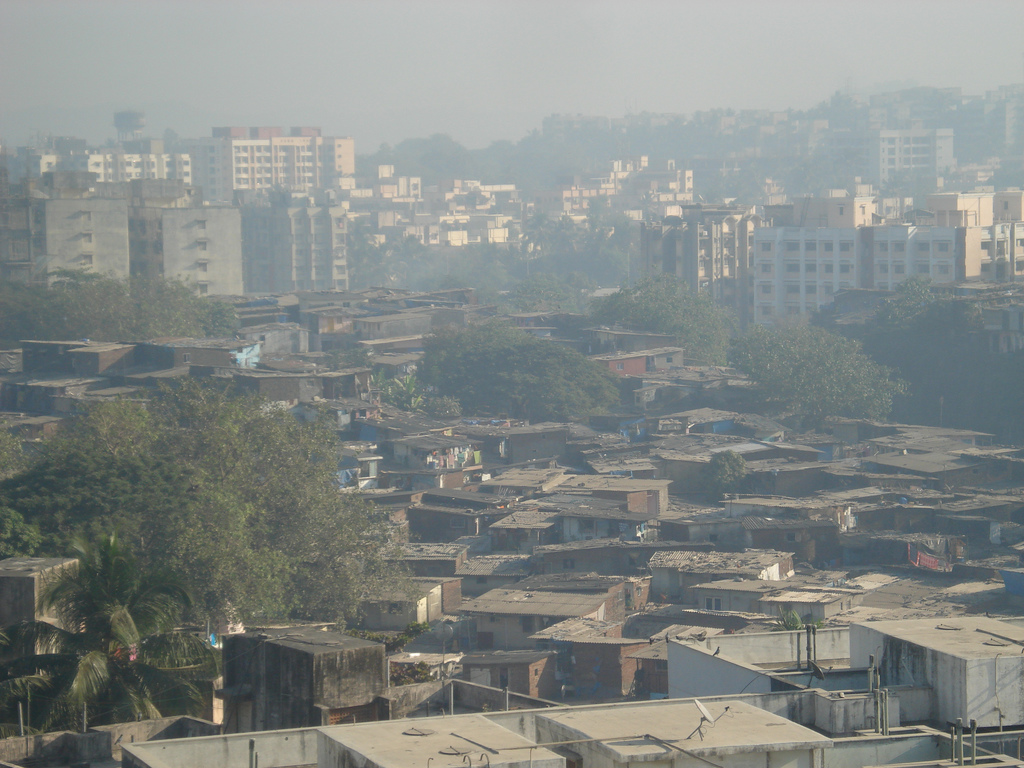Water and Air: India Has a Pollution Problem

In a recent World Health Organization (WHO) report, it was revealed that New Delhi is the city with the highest amount of air pollution in the world. In India, the most polluted cities of Uttar Pradesh, Punjab, and Rajasthan are in the north. Even worse, air pollution is exacerbating the issue of fog in these cities. In fact, air pollution is the fifth largest killer in India?
The WHO measured the amount of air pollution according to the concentration of airborne particles below 2.5 microns, which threaten human health by permeating the lungs and causing respiratory and cardiovascular issues. New Delhi’s air has a little more than five times the concentration of these particles that Beijing does, which was generally regarded as one of the most polluted cities.
Climate conditions. Many northern cities lie on the Indo-Gangetic plains area. According to Dr. Gufran Beig, director and top scientist of the System Air Quality Forecasting and Research, “In addition to local sources of pollution, Indo-Gangetic cities also get pollution from neighboring regions and other parts of India, so as a result the pollution level becomes very high. During the summer, winds sweep towards the Indo-Gangetic plains through south India and from the north through the Himalayas, converging in the plains. This means the polluted air from south and central India and from the north and Nepal all converge in the plains.”
One reason north India has greater air pollution than that of the south is because it has brutal winters. In order to generate heat, Indians in the north burn garbage and coal, which emits many noxious fossil fuels and greenhouse gases into the atmosphere.
Additionally, the many vehicles of the transportation sector, such as rickshaws, have contributed largely to this exponential increase in air pollution in India. California Air Resources Board chairman Mary Nichols says, “In 1991, there were 20 million vehicles in India. The number had skyrocketed to 140 million in 2011, and by 2030, vehicle population is expected to reach a staggering 400 million.”
Mumbai, Gurgaon, and Rajkot are a few cities that suffer from another big issue of water contamination. Parasitic water is undrinkable and unsanitary, and this results in even more health issues for Indians. However, there is a solution. The Nature Conservancy (TNC) has produced an “Urban Water Blueprint” that proposes the novel concept that via riverbank restoration and watershed conservation, there is the ability to decrease pollution at the source by 10 percent. “This would lower water treatment costs by about five percent and improve drinking water for millions of Indians,” the top scientist at TNC, Robert McDonald, states. It is an economically and environmentally feasible plan to staunch the water quality epidemic in India.
To curtail this environmental pestilence that is contaminating India, major technological innovations, fuel upgrades, and improved energy efficiency enforced by the government are a necessity. Not only will this create a more invigorating lifestyle and environment for Indians, it will reduce the many physical ailments that are resultant of air and water pollutants.
[Image Attribute: Surat Lozowick cc]



